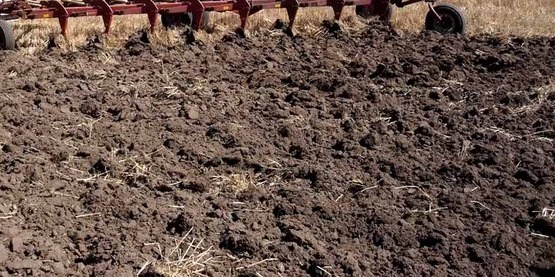I want to get my plot restested this year. Cornell charges a bit extra to interpet the results. The outfit called Dairy one does the testing for them.
A few things about this land..
What was on this land for the past few years? Was the soil distrubed someway and how, plowing, stump removal, bulldozer leveling ,etc? Got a picture or description of whats growing on it now? Any recent fertilizer / lime / manure.
There is several different ways to get the soil sample. Most usually dig down about 4 inches. I have took a shovel removed the first inch or two of soil, the root bundle part, then take soil from 3-4 inches down. Do that in a dozen different places that seem to be similar in fertility. Sometimes an oddball spot could have something like oil residue, too much lime in a spot, or other local interference. Sometimes its just too much soil compaction. Established no-till spots can benefit from the top inch or two of soil.
What are you planning to do in that plot. What equipment are you using to make / maintain that plot.
When they recommend lime, they usually assume it's getting tilled in about 6 inches. If your using a implement that tills shallow, or just scratching the sufrace for seed to soil contat, you can put too much lime in. It takes time to get into the soil depth. Plowing it gets it there fast.
If you use cornell, they ask about your usage. Pastures, commericla AG grops, vegetable, fruit, etc...
Far as a bad time to take a sample, really wet is bad.
Learn the correct way to gather soil for a soil test at Cooperative Extension.

franklin.cce.cornell.edu
In an ideal world, you want 3-6 months for the lime to do its thing in the soil. Farmers typically lime and even fertilize this time of year, mainly because there's no plants to run over and equipment will not get stuck in the mud.
After this nasty rain, I would wait 2 weeks. Get it in right away after that. Then you can put lime in the soil iin januaary or febuary. You can even plant seeds more or less right now too. It's not necesarily an august thing only.
